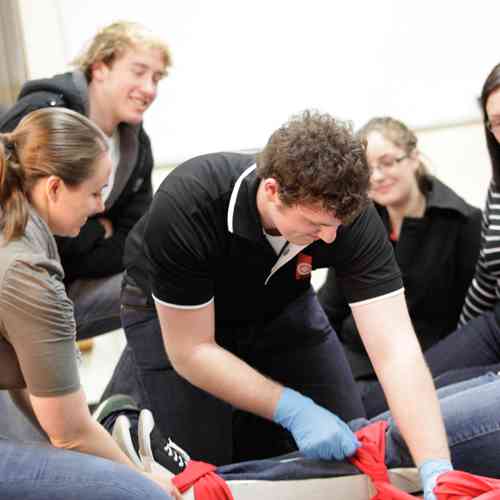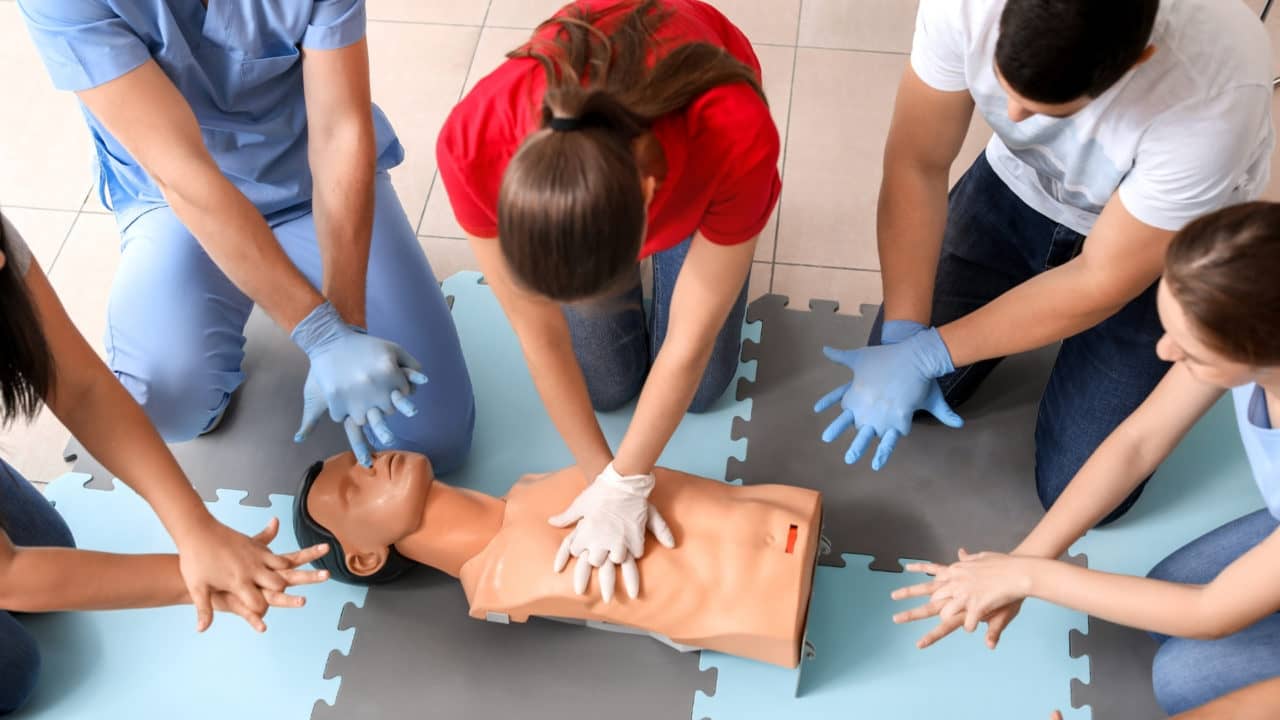Introduction
In our busy world, emergencies can strike without caution. Whether it's a small injury, a clinical emergency situation, or a deadly scenario, knowing just how to supply first aid can make all the distinction. This is where a First Aid course enters into play. Many individuals may question what they can gain from such training, and this post intends to shed light on that.
By enrolling in a First Aid and CPR course, you don't just learn more about bandaging injuries or carrying out CPR; you equip on your own with important abilities that can save lives. So, what exactly will you learn in a comprehensive program? Let's study the details.
First Help Fundamentals: What You'll Find out in a Thorough Course
Understanding Very first Aid
What is Very first Aid?
First help refers to the first assistance offered to somebody suffering from an injury or health problem till professional clinical aid arrives. It incorporates various methods and abilities varying from simple injury care to lifesaving strategies like mouth-to-mouth resuscitation (Cardiopulmonary Resuscitation).
Importance of First Aid Training
Why Must You Take an Emergency Treatment Course?

Taking a First Aid course is vital for several factors:
- Confidence: Recognizing exactly how to respond in emergencies can infuse confidence. Life-Saving Abilities: The ability to do mouth-to-mouth resuscitation or help with choking can save lives. Career Improvement: Several occupations need certification in very first aid. Community Responsibility: Being trained methods you can assist others effectively.
Overview of CPR
What is CPR?
CPR, or Cardiopulmonary Resuscitation, is an emergency situation treatment done when somebody's heartbeat or breathing has quit. It integrates chest compressions with rescue breaths to preserve blood flow and oxygenation until expert help arrives.

The Structure of a Comprehensive First Aid Course
What Does a First Aid Course Include?
An all-around First Aid and CPR course typically covers the following topics:
Introduction to First Aid Legal and Ethical Considerations Scene Safety Basic Life Assistance (BLS) CPR Techniques Choking Relief Wound Care Management Burn Treatment Managing Shock Recognizing Medical Emergencies Using an Automated External Defibrillator (AED)
Legal Facets of First Aid
Are There Legal Ramifications Involved in Offering First Aid?
Yes, giving emergency treatment does bring legal responsibilities called "Do-gooder laws." These laws safeguard individuals that assist others in emergency situations, provided their actions are sensible and not reckless.
Scene Safety: The Very First Step
How Do You Ensure Scene Safety?
Ensuring scene security involves assessing the atmosphere prior to coming close to the victim:
- Look for possible dangers (web traffic, fire). Make certain it's secure for both you and the victim.
Basic Life Support (BLS)
What Function Does BLS Play in Emergency Situation Situations?
Basic Life Support consists of the basics of keeping life features until more medical assistance shows up. This area covers essential skills such as:
- Checking responsiveness Activating emergency services Performing top notch upper body compressions
Advanced mouth-to-mouth resuscitation Techniques
What Are Advanced Techniques Covered in Mouth-to-mouth Resuscitation Courses?

Advanced methods may include:
- Two-rescuer CPR Use of obstacle tools for rescue breaths Special factors to consider for infants and kids
Choking Alleviation Techniques
How Do You Help Someone Who is Choking?
Choking best first aid course in Canberra alleviation entails 2 essential strategies:
The Heimlich maneuver for adults. Back blows and chest thrusts for infants.Wound Treatment Management
How Do You Properly Take Care Of Wounds?
Effective injury management involves:
- Cleaning the injury with saline or clean water. Applying antibiotic ointment. Covering it with clean and sterile dressings.
Burn Treatment
What Work Methods for Dealing With Burns?
Burn treatment differs by degree:
Cool the shed under running water. Cover it with non-stick dressings. Seek medical attention for severe cases.Managing Shock
How Is Shock Acknowledged and Treated?
Recognizing shock includes looking for signs and symptoms like light skin, rapid pulse, or complication:
Lay the person down. Elevate their legs unless there are injuries stopping this. Keep them relax till assistance arrives.Recognizing Clinical Emergencies
What Sorts of Medical Emergencies Must You Realize Of?
Common medical emergencies include:
- Heart attacks Stroke Severe allergic reactions Comprehending these conditions assists you act quickly.
Using an Automated External Defibrillator (AED)
How Do You Make use of an AED Correctly?
Using an AED entails transforming it on, attaching pads according to images on the gadget, and complying with voice prompts carefully.
Importance of Continual Learning
Why Is Continuous Knowing Important in First Aid Training?
Continuous discovering ensures you remain upgraded on best practices and brand-new procedures in first aid care.
FAQs Regarding Emergency treatment Courses
What Is Included in a Standard Emergency Treatment Course?- A typical course normally covers standard life support, injury monitoring, choking alleviation techniques, and lawful considerations.
- Most courses range from 6 hours to 16 hours depending upon the deepness of content covered.
- Yes, upon successful conclusion of a lot of training courses, individuals obtain a first help certificate, which is typically valid for 2 years.
- Yes! Lots of organizations use on the internet training courses that offer versatile learning atmospheres while still being effective.
- Absolutely! Hands-on technique is critical for understanding skills like chest compressions and using AEDs effectively.
- Generally, there are no age restrictions; however, participants need to be psychologically skilled to learn these life-saving skills effectively.
Conclusion
Enrolling in a detailed emergency treatment course equips individuals with essential understanding that can conserve lives during emergencies-- whether in the house, work, or out in public rooms! From understanding standard life assistance treatments such as mouth-to-mouth resuscitation to learning how to manage injuries appropriately or recognize indications of shock-- these courses give very useful training that anybody can benefit from!
As we browse through our daily lives full of changability-- what better method than preparing ourselves through understanding obtained from structured training sessions focused on conserving lives?
In final thought-- if you're pondering occupying any kind of first-aid training-- never be reluctant! Outfit on your own today with these effective tools due to the fact that preparedness absolutely makes all the distinction when every second counts!